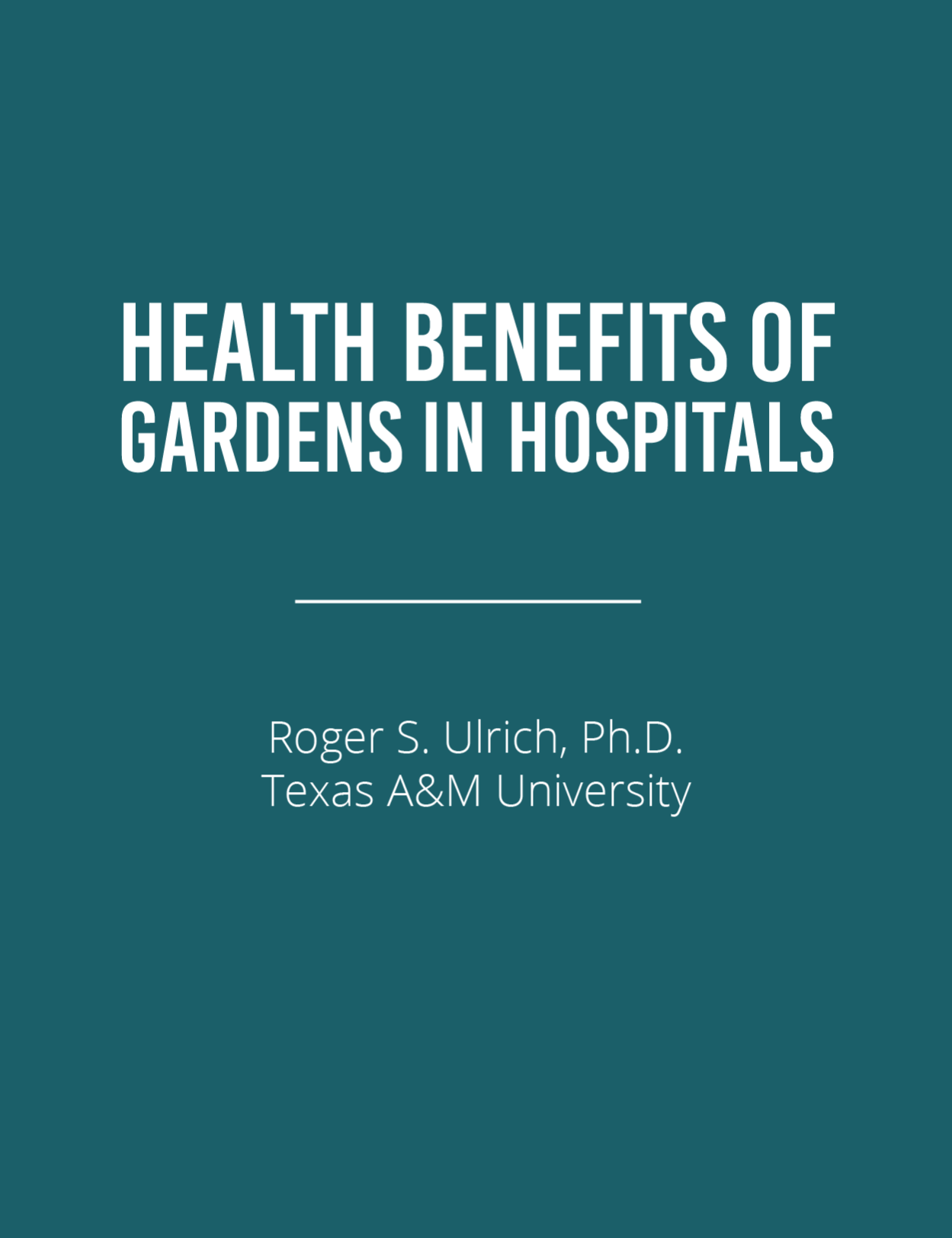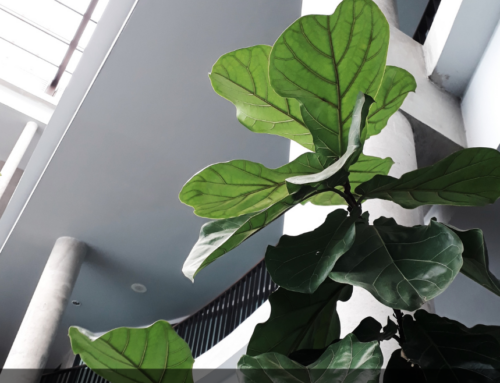Health Benefits of Gardens in Hospitals

This paper selectively reviews scientific research on the influences of gardens and plants in hospitals and other healthcare settings. The discussion concentrates mainly on health-related benefits that patients realize by simply looking at gardens and plants, or in other ways passively experiencing healthcare surroundings where plants are prominent. The review also briefly addresses other advantages of gardens and plants in hospitals, such as lowering the costs of delivering healthcare and improving staff satisfaction.
It might be asked at the outset: why is worthwhile to focus exclusively on gardens located in hospitals and other healthcare facilities? One important reason is linked to the fact that extraordinary amounts of money are spent internationally for construction of healthcare environments. This funding for hospitals potentially represents a major source of resources for gardens, plants, and related features such as atriums. Consider the example of only one large medical complex in the United States, the Texas Medical Center in Houston, which plans to spend about $1.8 billion on new construction during the next two years. In the State of California alone, new spending for hospital buildings will be upwards of $14 billion by 2010. Even individual buildings can be extremely costly — Northwestern University’s recently opened main hospital in Chicago cost $687 million. Spending in the United States for new hospitals has averaged about $15 billion annually during the last decade. The United Kingdom plans to spend at least $4 billion on new hospital construction within the next three years or so. When substantial additional spending is considered for the many other types of healthcare environments — for example, nursing homes, primary care clinics, rehabilitation facilities — it becomes even clearer that healthcare design and construction directly accounts for vast amounts of money. This reality implies great opportunities for funding and creating new gardens to enrich and improve the lives of patients and the environments of hundreds, if not thousands, of existing medical facilities.





